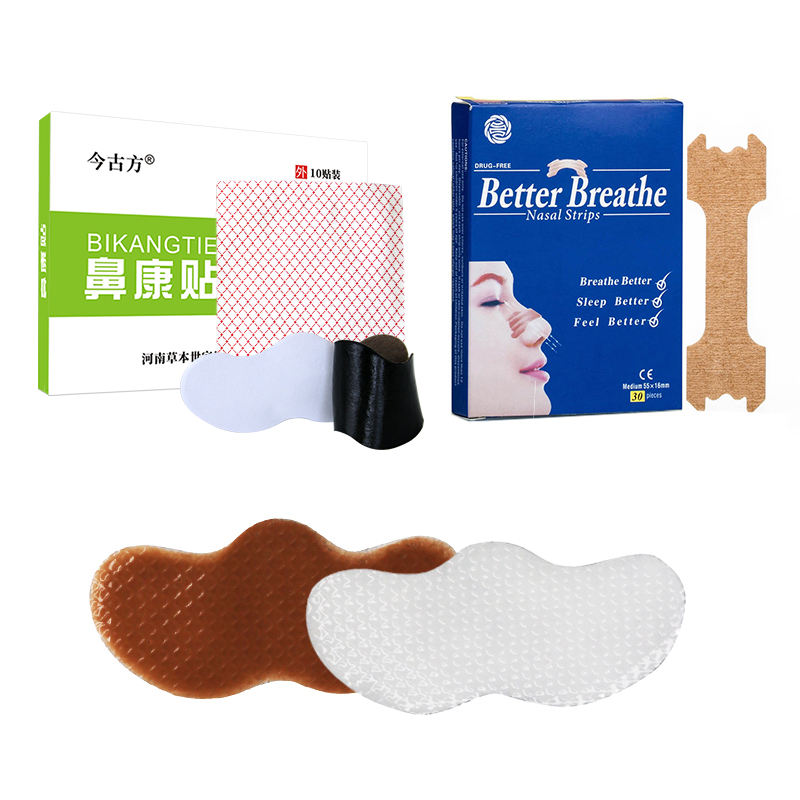Author:Kangdi 27-09-2023
Nasal strips can provide welcome relief for congestion sufferers. But as with any product, they aren't right for everyone. Certain medical conditions may make nasal strips risky or ineffective for some users. Understanding the contraindications is key for safe, appropriate use.
01. How Nasal Strips Work
Nasal strips contain an embedded spring that acts as a gentle splint to lift open the nasal passages. The elastic bands work to dilate constricted airways and stabilize flaring nostrils. This instantly improves airflow for easier breathing.
While generally safe, nasal strips should be avoided by those with:
02. Sensitive Skin
The strong adhesive can irritate sensitive skin. Those prone to allergies or dermatitis may experience skin reactions from repeated use. Avoid nasal strips if you have easily aggravated skin.
03. Septal Perforations
The adhesive patches should not be used by anyone with a hole or perforation of the nasal septum. The splinting action risks further damage.
04. Recent Nose Surgery
For at least one month after any nasal, sinus or septoplasty surgery, nasal strips may disrupt healing tissues. Clear use with your surgeon before applying after a nasal procedure.
05. Chronic Disease Flare Ups
During bad flares of chronic rhinitis, sinusitis or asthma, the adhesives may over-spread inflamed nasal passages. Best to avoid until symptoms stabilize.
06. Children Under 5 Years
The nasal strips are designed for adult nose shapes. On young children, sizing and positioning risks incorrect splinting. Use children’s strips instead.
07. Pregnant Women
Congestion is common during pregnancy, but clear use of any new product with your OB-GYN. No issues have been reported, but data are limited.
By avoiding nasal strips during the above situations, you can minimize risks. Check with your doctor if unsure about using nasal strips with your medical history. Proper patient screening helps ensure safe, effective usage.
 0086 19937104978
0086 19937104978





